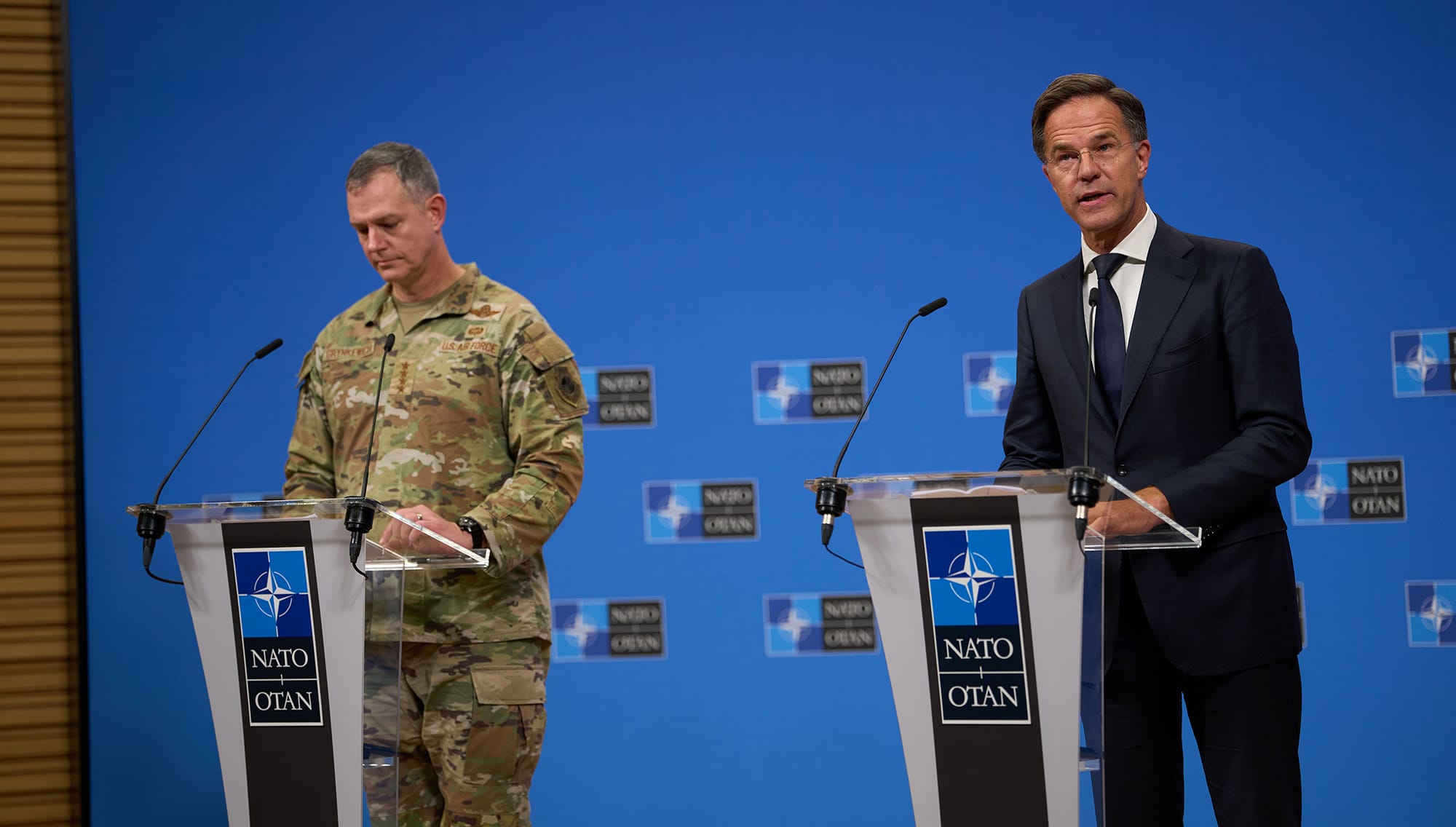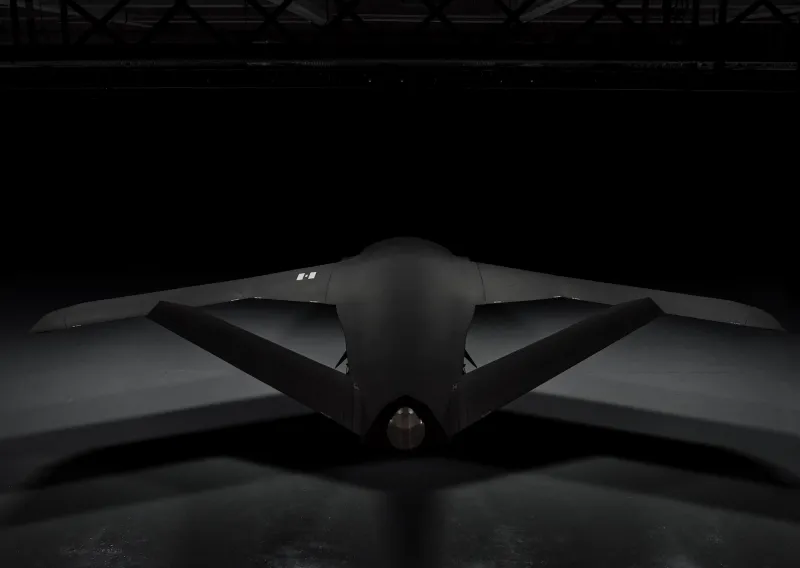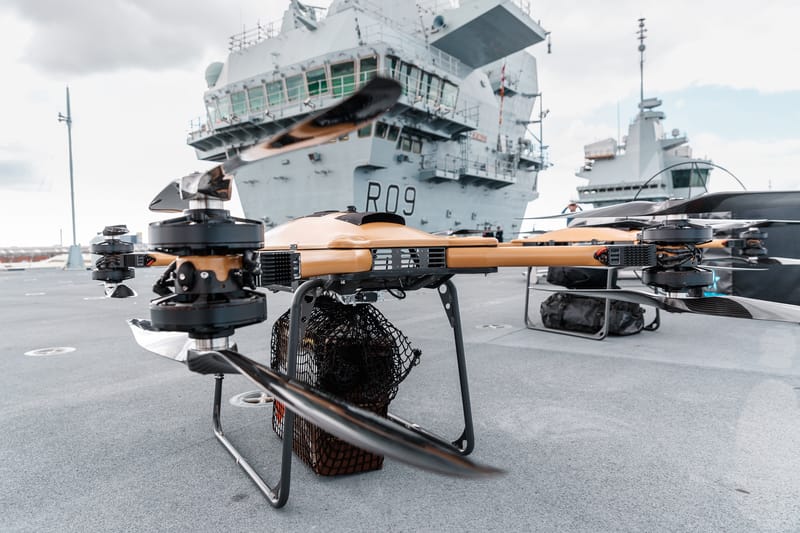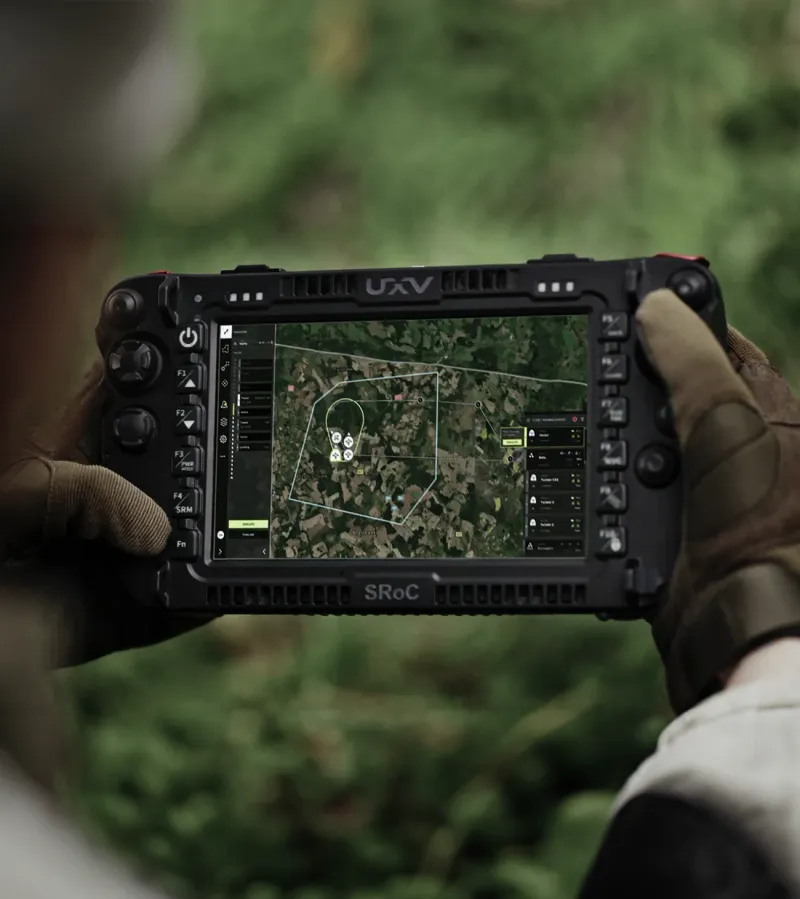NATO Drone Pressure: Poland’s Frontier, Denmark’s Flanks, Munich Airport Shutdown
RAF counter-UAS deployment to Denmark, drone disruptions across Scandinavia, and Germany’s hinterland stress test expose the seams of Alliance air defence.
Two weeks after NATO launched Eastern Sentry in response to drone incursions into Poland, the pressure shifted north. Denmark faced a wave of drone disruptions across both airports and air bases — forcing allied reinforcement and underscoring that grey-zone air threats are now distributed across the eastern and northern flanks.
Denmark’s earlier choice of the European SAMP/T NG system on 12 September—with Thales’s Ground Fire radar feeding a NATO-interoperable command chain—pre-dated the late-September drone disruptions but points to the same solution set: layered, shared-picture air defence. As RAF counter-UAS teams handled the low-tier nuisance during the Copenhagen summits, SAMP/T NG anchors Denmark’s upper-tier posture within Eastern Sentry’s evolving IAMD architecture.
Core Thesis
The September–October drone wave marks a tiered pressure test across NATO: Poland’s frontier cohesion, Denmark’s summit-time surge posture, and Germany’s hinterland legal seams. By sequencing probes across border, flank, and interior, the actor behind them is demonstrating that grey-zone air pressure can exploit different vulnerabilities depending on geography. NATO’s task is not only to reinforce its perimeter but to build a layered counter-UAS/IAMD system that closes these seams across all tiers of its airspace.
Vector 1: Grey-Zone Incursions Across Scandinavia
Between 22 and 28 September, unidentified drones disrupted air traffic at Copenhagen, Billund, Aalborg, Esbjerg, and Sønderborg airports. Additional sightings were reported over Danish air bases at Skrydstrup and Karup, prompting Denmark to impose a temporary ban on civilian drone flights (Reuters, AP, Guardian).
Parallel sightings occurred in Norway (Ørland air base, Brennøysund Airport) and were reported in Lithuania (Vilnius Airport delays). While official attribution has not been made, the scale and distribution of incidents suggest a coordinated actor rather than isolated hobbyist activity.
Vector 2: Allied Forward Response
At Denmark’s request, the RAF Regiment deployed a specialist counter-UAS detachment, joining at least 10 allied contributors providing anti-drone and surveillance support. UK Defence Secretary John Healey said the deployment was necessary “in response to the drone attacks observed at its main airport and regional airports,” framing the activity as grey-zone pressure testing allied defenses (RAF MOD). The reinforcement underscored that what began as national airspace disruption was treated as an allied problem, requiring visible forward support.
The move coincided with the EU Leaders Summit (1 Oct) and the European Political Community meeting (2 Oct) in Copenhagen, underscoring that drone activity is being treated as both a security risk and a political challenge.
Vector 3: From Air Policing to Air Defense
The Danish drone wave followed earlier incidents in September:
- Poland (9–10 Sep): 19 drones crossed into Polish airspace; several were shot down (Spiegel, NATO).
- Romania (13 Sep): A Russian Geran drone entered NATO airspace.
- Estonia (19 Sep): Three MiG-31 fighters briefly violated Estonian airspace.
NATO responded by launching Operation Eastern Sentry on 12 September to reinforce its eastern flank. By late September, Baltic and Nordic leaders were openly calling for a shift from reactive “air policing” to standing “air defense.” Latvian President Edgars Rinkēvičs urged accelerating this transformation.
Vector 4: Hinterland Stress Test
On 3 October, drones over Munich Airport forced a temporary shutdown, cancelling flights and affecting thousands of passengers. Sightings also extended to a nearby military site in Erding. Days earlier, multiple drones were reported over critical infrastructure in Schleswig-Holstein—including power plants, naval yards, and a university hospital.
Unlike Denmark, Germany could not frame these as NATO-summit threats; instead they fell into a legal seam between civilian security and military defence. Current German law sharply limits Bundeswehr use of force against drones over domestic sites, and Berlin is only now debating expanded shoot-down authorities.
Their strategic weight lies not in immediate disruption but in exposing NATO’s interior vulnerabilities — shifting drone pressure from the frontier to the hinterland. Where the flank invites collective reinforcement, the interior exposes uneven national laws and blurred responsibilities between NATO and member-state institutions.
Strategic Outlook
The September–October sequence illustrates three distinct stress layers in NATO’s airspace:
- Frontier (Poland): Drone incursions triggered Article 4, testing NATO’s collective trigger discipline. The question was whether Warsaw could mobilise allied solidarity without escalation to Article 5.
- Flank (Denmark): Grey-zone disruptions around summits tested NATO’s ability to surge counter-UAS forces in a politically visible setting. This exposed dependence on ad-hoc reinforcement rather than standing posture.
- Hinterland (Germany): Drone incidents at Munich Airport and over critical infrastructure highlighted the seams between civilian security and military defence. Here, the issue is not allied solidarity but national legal authority — whether core states can act decisively against low-tier threats inside their own airspace.
Adversary intent. The distributed pattern suggests more than opportunistic nuisance. By probing across frontier, flank, and hinterland, a potential adversary state actor is stress-testing NATO’s uneven response functions: unity at the edge, surge capacity at the flank, and legal coherence in the core. The pressure lies not in material damage but in revealing gaps in cohesion and governance.
Capability mismatch. NATO procurement logic remains skewed toward upper- and mid-tier interceptors (Patriot, IRIS-T SLM, SAMP/T NG). The current probes exploit the low-tier, cost-imposing end of the spectrum: drones cheap enough to saturate airports yet politically costly to ignore. Unless volume-fire, C-RAM, and directed-energy solutions are fielded at scale, Alliance credibility will remain hostage to the economics of interception.
Alliance credibility will hinge on:
- Architecture — building layered counter-UAS/IAMD structures that link low-tier defence to high-tier interceptors.
- Law and doctrine — harmonising rules of engagement across allies, closing the seams between military and civilian authority.
- Strategic signalling — showing that NATO can defend not only its borders but also its political and economic heartland against grey-zone air pressure — whether on NATO’s frontier, its flanks, or its political heartland.







